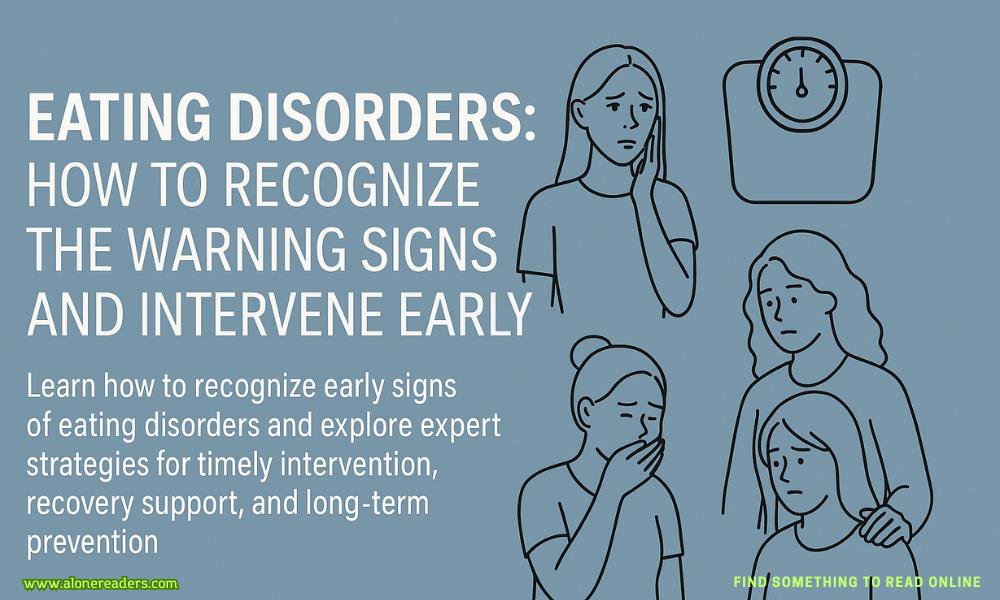
Eating disorders are not simply about food or body image—they are complex psychiatric illnesses with significant medical, psychological, and social implications. These disorders can develop subtly, often hiding behind socially accepted behaviors such as dieting or fitness goals. Early recognition and intervention are critical, as the longer these conditions go untreated, the more difficult they become to reverse. Anorexia nervosa, bulimia nervosa, binge eating disorder, and ARFID (Avoidant/Restrictive Food Intake Disorder) are among the most recognized types, but each presents differently depending on the individual.
Medical and psychological definition
An eating disorder is a clinically recognized mental health condition characterized by abnormal eating behaviors that negatively impact a person’s physical or mental health. This is not limited to weight loss or food restriction—binging, purging, compulsive exercise, or fear of certain foods can all be signs.
Why early detection matters
Medical complications such as cardiac arrhythmias, electrolyte imbalances, gastrointestinal distress, and endocrine dysfunction can arise quickly. Psychologically, the disorders are often comorbid with depression, anxiety, obsessive-compulsive disorder, or trauma histories.
Core behaviors:
Early warning signs:
Physical changes:
Core behaviors:
Early warning signs:
Behavioral signs:
Core behaviors:
Early warning signs:
Psychological profile:
Core behaviors:
Warning signs in children and adults:
Men and boys:
Eating disorders in males are underreported and often misdiagnosed. Muscle dysmorphia (obsession with muscle size) and compulsive exercise are common in this group.
Older adults:
Eating disorders aren’t exclusive to teenagers. Adults may relapse or develop them in response to trauma, grief, or changes in life circumstances like divorce.
Athletes:
Sports like wrestling, gymnastics, and dance prioritize body size and weight, making athletes vulnerable to restrictive and purging behaviors normalized within their discipline.
People with chronic illnesses:
Those with diabetes, gastrointestinal issues, or autoimmune diseases may adopt harmful dietary restrictions in the name of “management,” which can evolve into disordered eating patterns.
Biological and genetic predisposition:
Genetic studies suggest a heritable component, especially among first-degree relatives. Neurochemical imbalances in serotonin, dopamine, and leptin also play a role.
Psychological triggers:
Sociocultural influences:
Family dynamics:
Start a nonjudgmental conversation
Avoid focusing on weight. Instead, express concern over behaviors or emotional changes. Use “I” statements: “I noticed you seem withdrawn after meals.”
Avoid reinforcing disordered behaviors
Don’t compliment weight loss or eating restriction. Even positive remarks can reinforce harmful behaviors.
Encourage professional help
Recommend a multidisciplinary team—primary care physician, psychiatrist, psychologist, and dietitian experienced in eating disorders. Early intervention often prevents hospitalization.
Do not wait for a crisis
If you're unsure, it's better to overreact than underreact. Early-stage eating disorders can mimic “normal dieting” and still be deadly.
Cognitive Behavioral Therapy (CBT-E)
This is the most effective outpatient treatment for bulimia and binge eating. It focuses on breaking the binge-purge cycle and addressing distorted beliefs about food.
Family-Based Therapy (FBT)
FBT is particularly effective in adolescents with anorexia. Parents are involved in refeeding and behavioral oversight until the child can take over safely.
Medication support
SSRIs like fluoxetine may help with bulimia and BED. Atypical antipsychotics such as olanzapine are sometimes used in anorexia to reduce obsessive thoughts and promote weight gain.
Nutritional rehabilitation
Dietitians focus on normalizing eating habits, addressing food fears, and ensuring nutritional adequacy. They avoid promoting weight loss in BED unless medically necessary.
Hospitalization or residential care
When physical health is in immediate danger—heart rate irregularities, electrolyte imbalance, or extreme malnourishment—inpatient treatment may be life-saving.
Build body-neutral or body-positive environments
Avoid commenting on your own or others' weight. Model balanced eating and exercise habits.
Educate children early
Talk about media literacy, healthy eating without moral judgment (“good” vs “bad” food), and emotional regulation skills.
Watch for early warning behaviors
Encourage emotional openness
Teach children and peers to name and process their emotions instead of coping through control over food.
Eating disorders thrive in secrecy and denial, often progressing silently until a crisis point is reached. But recovery is entirely possible—and the sooner intervention happens, the greater the chance of full restoration of health and function. Families, educators, medical professionals, and peers all play a critical role in recognizing the subtle early signs and responding with empathy, urgency, and sustained support. Understanding eating disorders deeply—not just as food issues but as multifaceted medical and psychological conditions—is the first step toward effective prevention and treatment.